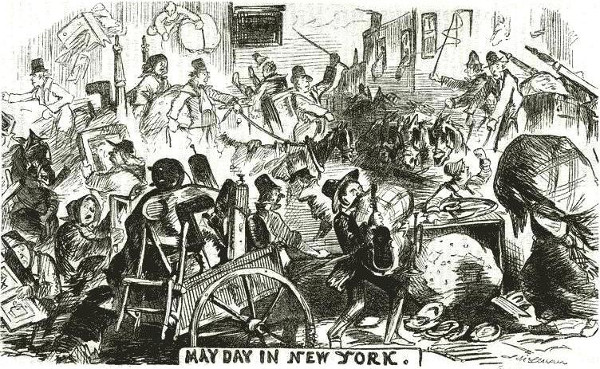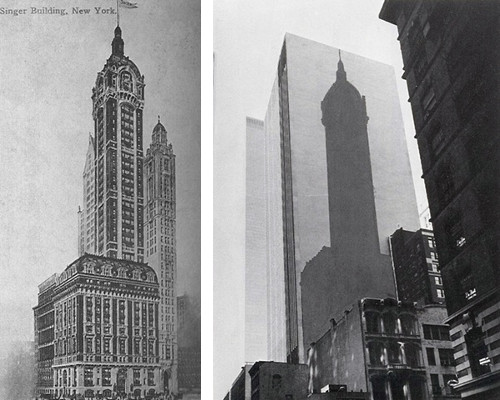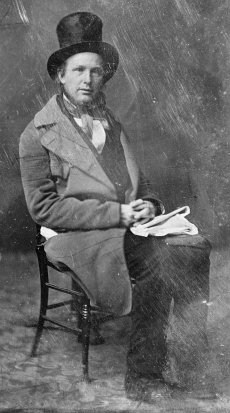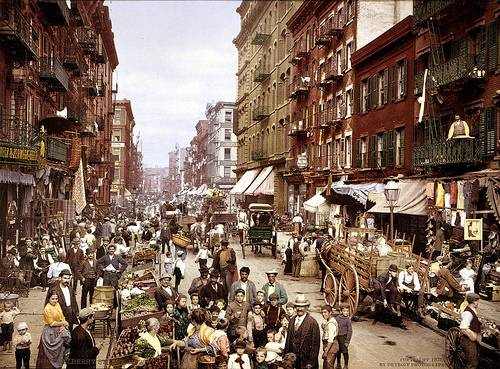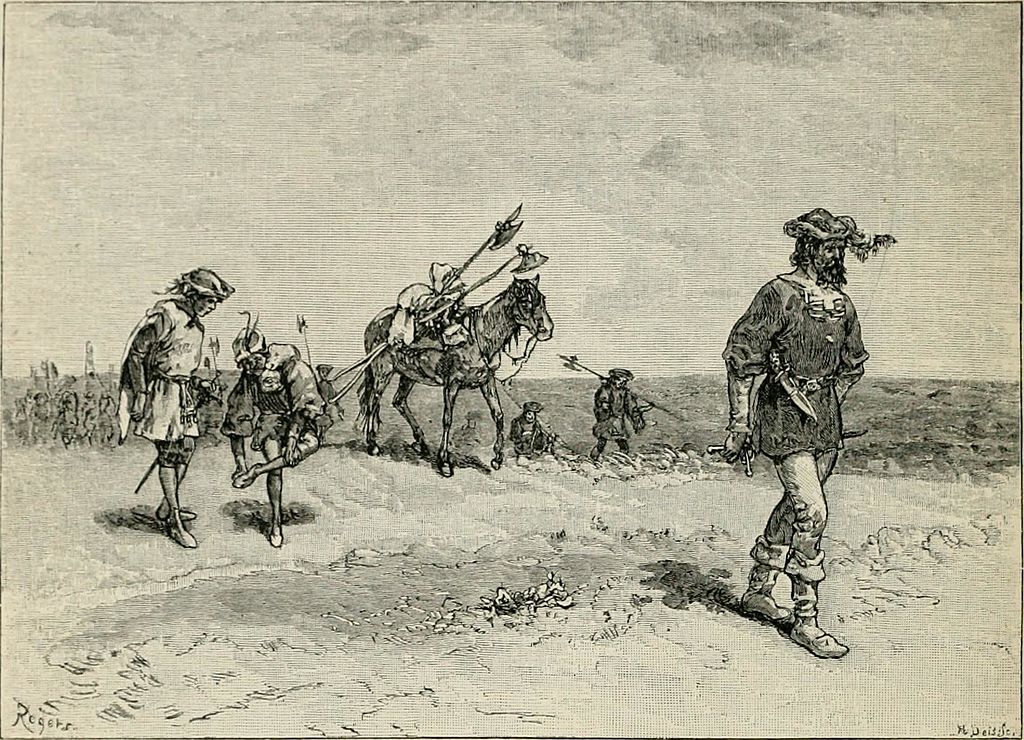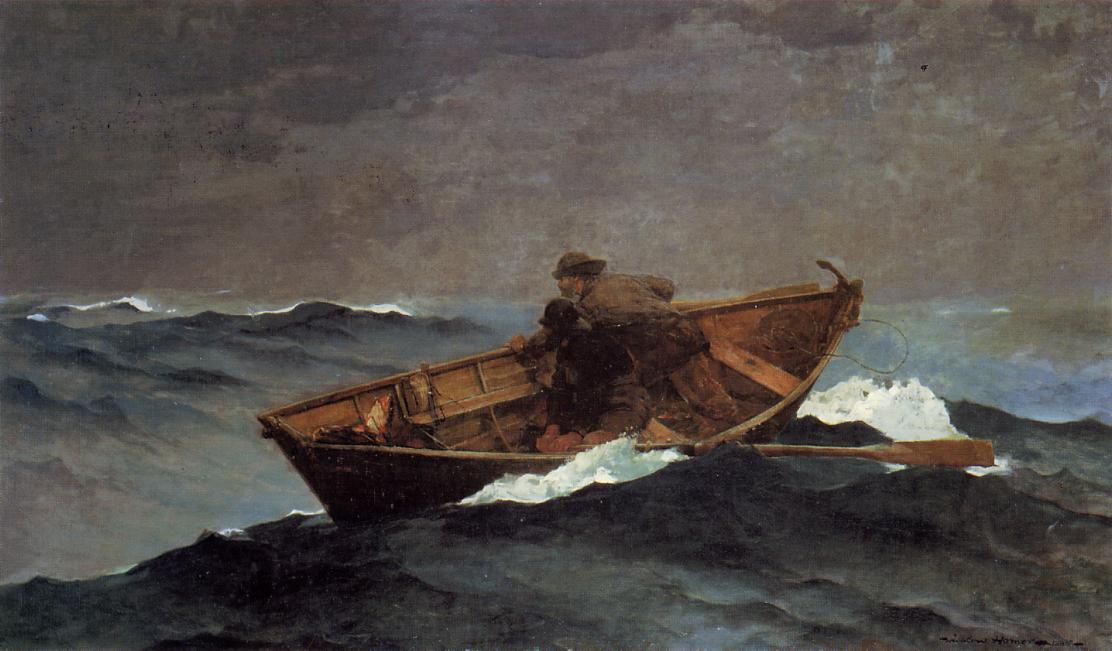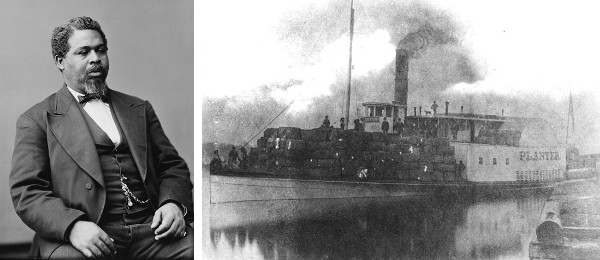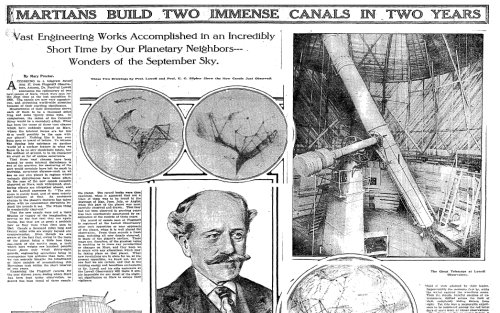On Nov. 9, 1874, readers of the New York Herald were startled to learn that wild animals were roaming the city after a mass escape from the Central Park Zoo as city dwellers shot at them from tenement windows:
There is no instance reported of any animals being hit, while it is believed many citizens were struck by the missiles. One policeman, Officer Lannigan of the Seventh Precinct, was wounded in the foot near Grand Street by a shot from a window during a chase after the striped hyena, which was mistaken by the crowd for a panther. This cowardly brute was finally killed by a bartender armed with a club.
The story reported casualties of 27 dead and 200 injured. It sparked a panic, as most readers overlooked the last paragraph, which stated that “the entire story given above is a pure fabrication.” It had been intended to draw attention to inadequate safety precautions at the zoo.
The hoax’s mastermind, Thomas B. Connery, had two consolations: His paper’s circulation “did not drop by so much as one subscriber,” he reported — and he’d got to watch the editor of the rival New York Times leave his home “with a brace of pistols, prepared to shoot the first animals that would cross his path.”
